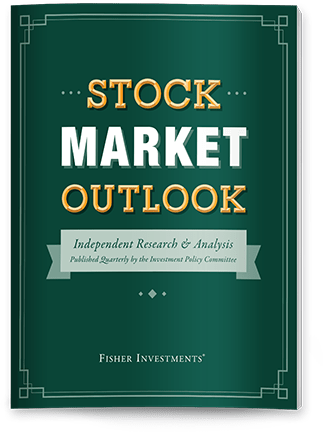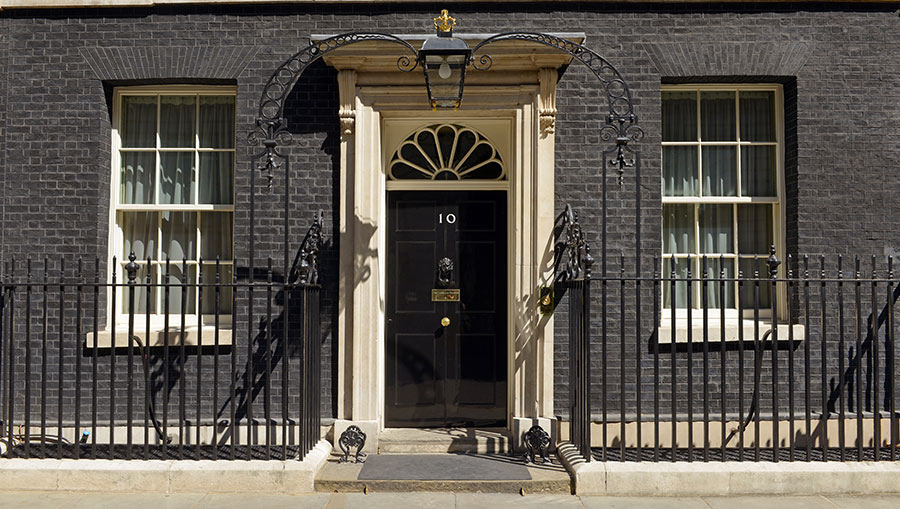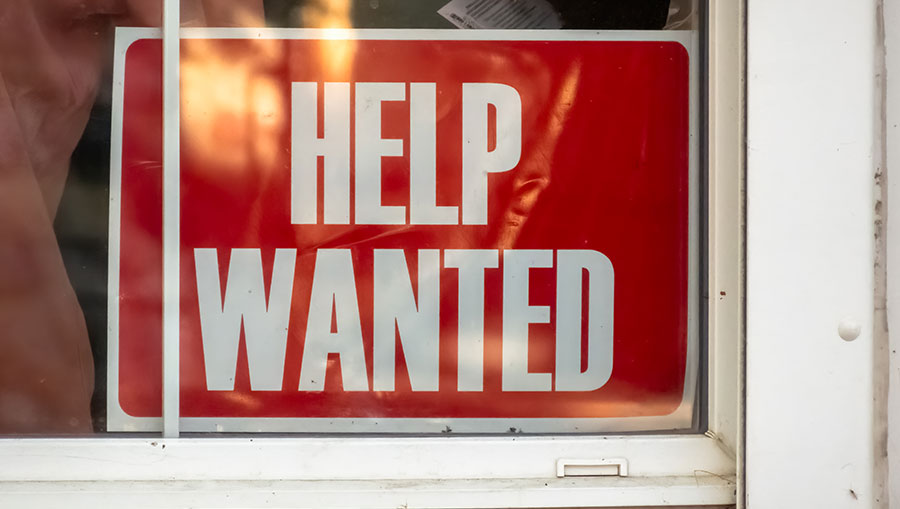Personal Wealth Management / In The News
Rounding Up Wednesday’s Tariff Executive Orders
What the latest batch means for markets.
This article touches on political matters, so please note that MarketMinder favors no politician nor any party, assessing developments solely for the economic and market implications.
With half a day or so until the August 1 deadline for reciprocal tariffs to take effect, things are happening. Lots of things. Deals, which we will continue rounding up for you in the coming days. And somewhat lost in the shuffle, three tariff-related Executive Orders Wednesday. Here we will give you the skinny on these, plus the market and economic implications. In short, and in keeping with the recent theme, we don’t think they add up to a net benefit. However, markets should continue taking everything in stride and looking to the blessed day when we will have more clarity.
The orders in question deal with Brazil, copper and—perhaps most immediately relevant to your pocketbook—the de minimis tariff exemption for imported parcels valued at $800 or less. This is where we will start.
De Minimis Gets Minimized.
The de minimis exemption, initially created to let American tourists bring souvenirs home duty-free, ballooned in use as e-commerce took off. Fast-fashion and discount retailers like Shein famously used it to gain a strong foothold in US markets, but it also benefited small businesses—independently owned clothiers, shoemakers and the like—across Europe, Asia and the rest of the world. They could build an American footprint by selling online direct to consumers tariff-free, offering high-quality and, in many cases, hand-made goods to folks here seeking craftmanship that might not be readily made-in-America.
Earlier this year, the Trump administration ended de minimis for all goods coming from China and Hong Kong, citing their purported role in fentanyl trafficking. This immediately subjected all Chinese e-commerce shipments to prevailing tariff rates or a flat fee, depending on the shipper’s choices. It persisted for other countries, but the administration jawboned about ending it on general trade deficit-related grounds. Congress repealed it, to little notice, as part of the One Big Beautiful Bill Act, effective July 2027—giving Americans two years to make lists and stock up. But President Trump ended it two years early yesterday, announcing via Executive Order that—somehow related to fentanyl trafficking—de minimis will end for shipments from all countries effective August 29. You will still be able to bring souvenirs home duty-free when you travel, but you will pay tariffs for such online purchases.
The immediate implication here seems obvious to us: Americans who patronize international e-commerce sites will probably spend the next month stocking up, perhaps pulling things like their clothing budgets into August. An import surge thus won’t surprise in the least, and some of your friendly MarketMinder writers may be speaking from experience here. It would not surprise us if folks who were hesitating over that perfect pair of hand-soled shoes or that beautifully tailored blazer decide to finally click “buy” before it suddenly gets 15% more expensive. So keep this in mind when August trade data eventually roll in. You might see a surge in imports that leaves a pothole later in the fall (much like Q1 and Q2 GDP illustrated). It might affect retail sales later this year, too, to the extent tariff changes pull some holiday shopping into August.
Beyond that, the implications are probably minimal. De minimis strikes us as most relevant for small businesses, not publicly traded stocks. The large luxury goods conglomerates and chain stores based overseas have complex supply chains and generally aren’t selling direct to consumers at values below $800. It was largely Chinese e-commerce firms that built business models around de minimis, and markets dealt with that ending months ago. So the corporate earnings hit here is probably minimal—rendering its broad market impact minimal. That is not to dismiss the effect on your pocketbook and consumer choice in general. But economic data always aggregate tradeoffs and hard choices, and “consumer choice” is a sociological issue outside markets’ purview.
From Threats to Tariffs on Brazil
As the Trump administration sought deals throughout the world, it appeared to take a different tack with Brazil, threatening high reciprocal tariffs on diplomatic grounds. Not currency manipulation, which wouldn’t hold up since Brazil’s interest rates are so high. And not on trade deficit grounds, which wouldn’t work since the US enjoys a trade surplus with Brazil. Here, the stated justification was the Brazilian government’s treatment of former President Jair Bolsonaro and his supporters. It all became official Wednesday, with an Executive Order announcing a new 40% tariff rate (bringing the total rate to 50%) on most goods will take effect in seven days, declaring Brazil’s actions against Bolsonaro and his supporters a US “national emergency” that threatens free speech, US companies and the economy.
We will leave the legal merits of this to the experts, whom we suspect will be tasked with opining and arguing in short order—much as lawyers and judges are back in action today, arguing and determining whether worldwide reciprocal tariffs were applied in accordance with the relevant statutes. Our focus here, as always, is the pure market and personal finance-related implications.
In that regard, this is noteworthy for the simple fact that, relative to all the tariff-related developments, Brazil is an outlier. Way back in Liberation Day’s aftermath, we outlined three potential scenarios for how tariffs could go:
- They collapse due to administrative barriers and legal challenges
- Dealmaking supersedes them
- Other nations retaliate
Numbers 1 and 2 were bullish, better outcomes than the worst-case scenarios markets first priced in. Number 3 would be bad, if done broadly. But only China retaliated initially, and that tit-for-tat was short lived. Brazil, which has threatened retaliatory tariffs, is now the only place where trade tensions are escalating to a material degree. Time will tell if and how Brazil retaliates, as its government has alluded to enacting reciprocal tariffs if negotiations fail. But this remains a far cry from the coordinated retaliation that could have presented a material market negative. So far, that scenario remains the most distant of the three, with one and two taking shape and a fourth—freer trade outside the US—running alongside them.
In the meantime, like all tariffs, these create winners and losers. Several products, including iron ore, orange juice, coal, energy, aircraft, fertilizers and machinery are exempted, which is a pretty wide swath of Brazilian exports. But coffee isn’t, so factor that into your morning cuppa if you like Brazil’s delicious beans. Beyond that, given these tariffs were threatened weeks ago, we daresay markets moved on already.
Copper Tariffs Get Some Cop-Outs
Lastly, the Trump administration levied a 50% tariff on copper, using Section 232—the same statute underpinning prior metals tariffs. Long talked of, many saw this as a huge negative, given copper’s broad application in wiring and other industrial uses. Some of the national deals thus far hinted at its formalization, exempting copper from low tariff rates, but Wednesday’s Executive Order made it official.
But, surprise! It comes with two key carveouts: One, the copper levy doesn’t “stack” on other tariffs. As the White House’s fact sheet notes: “The copper 232 tariffs do not stack with auto 232 tariffs. If a product is subject to auto 232 tariffs, then the auto 232 tariffs apply, not the copper 232 tariffs.” Two, tariffs don’t apply to refined copper—only semi-finished products. This is key: Refined copper comprises 72% of total US copper imports.[i] Nor do tariffs apply to copper inputs or scrap. This carveout vastly reduces the tariffs’ effects.
This tariff also comes with export caps. Not import. Export. It will require 25% of copper scrap and inputs produced here to be sold here, with the stated aim of supporting and boosting domestic copper refining. It isn’t clear how enforcement will work, but regardless, we doubt this does more to strengthen the American copper industry than decades of protectionist policy did for American steel, which remained in decline.
As for markets, this is probably most relevant to large overseas Materials firms. But note: Metals markets are global. Until yesterday, there was an arbitrage opportunity between US and overseas copper prices that some firms were benefiting from. (Meaning, US prices were far higher than overseas, with the tariff talk pricing in a premium.) The tariff announcement’s narrower-than-feared reach collapsed this, and some large miners took a fast sentiment hit as a result. But that is a blip and doesn’t affect the longer-term outlook for the industry, which always hinges on global supply and demand (tied generally to economic growth and infrastructure buildouts), not trade policy.
[i] “Copper Tariffs: Which Countries Does the United States Import the Most From?,” Jack Caporal, The Motley Fool, 7/30/2025.
If you would like to contact the editors responsible for this article, please message MarketMinder directly.
*The content contained in this article represents only the opinions and viewpoints of the Fisher Investments editorial staff.
Get a weekly roundup of our market insights
Sign up for our weekly e-mail newsletter.

You Imagine Your Future. We Help You Get There.
Are you ready to start your journey to a better financial future?

Where Might the Market Go Next?
Confidently tackle the market’s ups and downs with independent research and analysis that tells you where we think stocks are headed—and why.





